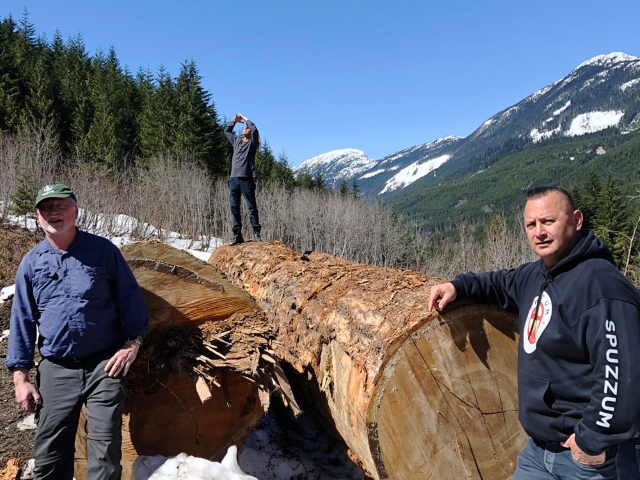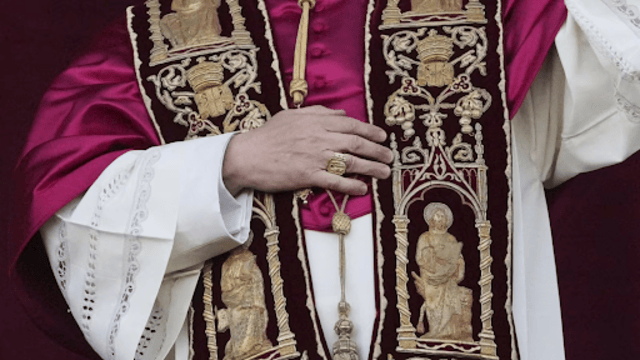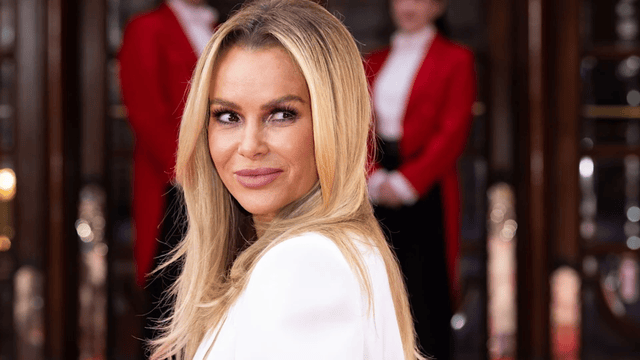
Photo by Sarah Cox.
The Spuzzum First Nation is deeply concerned about the extensive logging that has occurred in their territory over many years, leaving only a small amount of old-growth forest remaining. Chief Hobart has taken action by writing a letter to the provincial government, urging them to stop industrial logging in the Spuzzum watershed. He emphasizes the importance of preserving the ancestral cedar trees, which hold cultural and traditional significance for the Spô’zêm people, and laments the loss of traditional medicines that grew in the forest.
In his letter, Chief Hobart draws attention to the plight of the spotted owls, describing them as messengers between the physical world and the Spirit World. He believes that their declining numbers symbolize and foretell an environmental crisis. He questions the government's decision to breed spotted owls while simultaneously allowing their habitat to be logged, drawing parallels to the historical mistreatment of Indigenous Peoples in Canada.
For the Spô’zêm people, encountering an owl is a significant event, as they believe it signifies communication from their ancestors. Chief Hobart explains that seeing an owl can evoke both excitement and fear, depending on the context, and suggests that it may be a message for people to pay attention to their actions and the state of the environment.
Despite the government's claims that they have set aside enough habitat for spotted owls to survive in the wild, there are concerns about the adequacy of this habitat. Much of it has been logged, and even in areas designated for conservation, habitat destruction continues. The decline of the spotted owl population serves as a warning sign of the environmental degradation occurring in their habitat.
During a visit to the logging area, the devastation caused by logging becomes evident. Clearcuts, charred areas from wildfires, and fallen trees dominate the landscape. Despite the destruction, there is a sense of resilience in the remaining forest, which still provides potential nesting sites for spotted owls.
Spotted owls are highly dependent on old-growth forests for their survival, as they prey on nocturnal creatures that inhabit these ecosystems. Biologist Richard Cannings describes their hunting strategy as one of silent observation and swift action, indicating their adaptation to the unique environment of old-growth forests.
Chief Hobart expresses concern about the ongoing logging activities encroaching on the remaining habitat of the spotted owls. He hopes that efforts to protect the forest will be successful in preserving what remains of their habitat.
In a tragic turn of events, three wild juvenile owls were captured by government biologists and relocated to a breeding center. Despite efforts to ensure their well-being, one of the owls died from stress, highlighting the challenges faced by these vulnerable species. With only three spotted owls remaining in the wild, urgent action is needed to protect their habitat and prevent further decline in their population.















